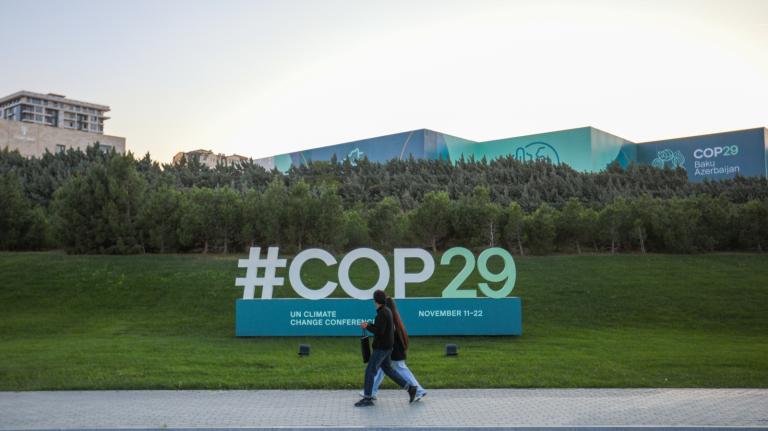Progressives in favor of congestion pricing on highways and in central cities tend to argue for those policies on progressive grounds (shock!) — that such pricing systems reduce emissions, improve air quality, and fund transit improvements, which benefit lower- and middle-income households. Those are all nice benefits to congestion pricing programs, but we shouldn’t neglect the congestion reduction function.
Congestion costs America some $80 billion per year, in the form of lost time and wasted fuel. And as it turns out, commutes extended by congestion have other effects, as well:
There is a strong empirical evidence demonstrating that labor force participation rates of married women are negatively correlated with commuting time. What is more, the analysis shows that metropolitan areas which experienced relatively large increases in average commuting time between 1980 and 2000 also had slower growth of labor force participation of married women.
Long commutes are typically associated with dense cities like New York, but in recent decades, congestion has grown fastest in places with rapid exurban growth — like Dallas, Riverside (California), San Diego, and Washington, D.C.
At the heart of the problems of increased congestion and longer commutes are three related issues. We have focused excessively on inefficient transportation technologies (namely, personal automobiles), we have underpriced the infrastructure supporting those technologies (via subsidies or free parking and roadways), and those policy choices have led to poor land-use decisions.
We can think about the Washington, D.C. area as an example. In the center — the District, Arlington, and Alexandria — there is good access to high-capacity transportation technologies — Metro, and a dense, mixed-use settlement pattern. As such, commute times in these places are the lowest in the metropolitan area. But this density rapidly gives way to low-slung suburban development, which spreads people out over much larger distances, and keeps residential areas well away from jobs centers. What’s more, the principle transportation technology in the suburbs is the automobile (personal vehicles can’t move nearly as many people along rights-of-way as mass transit), and the roads are almost entirely free to use. The result is that too many people try to use underpriced roads and parking, and too many people choose homes in places that rely on underpriced roads.
And the problem becomes worse in that the most convenient urban locations are limited in scope — central density rapidly gives way to suburbia — and these supply limitations generate very high housing costs. In suburbia, the most convenient locations — nearest to job centers — are also very limited, and therefore expensive. So increasingly, affordable workforce housing is only found on the outer edges of metropolitan areas. And households there bear the brunt of congestion costs and the brunt of increases in fuel costs, and, as the research above indicates, they struggle the most to balance work and family life.
Differences in taste dictate that some folks will prefer low-density suburbs while others will want to live in denser neighborhoods. But choices about where we live and how we get around are also heavily influenced by relative costs. Those costs are determined by supply, which is a direct function of public policy. We’ve chosen to invest heavily in one kind of development for decades, to an extent that’s entirely without economic or social justification. And we’re paying the price now, monetarily, environmentally, and socially.

